|
Have you ever wondered how your home connects to the internet? Do you want to understand what the different types of internet connection are? Are you confused by the terms such as 'Fibre Broadband' or 'ADSL connections'? In this article we go through the 6 main types of internet connections currently being used in the UK and explain the differences between them. We also cover the speeds you can expect from them, what can impact those speeds and what the plans are for the future. If your internet connection is slow, this article may help you understand why. How am I connected to the internet?All the internet connections discussed below follow the same basic principle. A cable runs from the local BT Telephone Exchange to a Cabinet and then to your home or business (as demonstrated in the diagram below). Cables from the Exchange generally run under ground, but connections to you house are often a mix of underground and aerial. What is the difference between internet connections?The main difference between the types of internet connections revolves around the type of cable used at various stages of the journey from the Exchange. Historically copper cable was used for all elements, which worked really well for telephones, but copper's limitations have become more apparent since the birth of the internet. Gradually BT and other providers have been replacing copper cabling with Fibre Optic cable. Fibre Optic has has more capacity, works over longer distances and use light rather than electricity. Replacing copper cable sounds pretty simple in principle, but it is no small task as BT has over 75 million miles of copper cabling in UK. Lucky the UK government opened up the market on Fibre Optic installations and introduced a generous voucher scheme, encouraging other companies to join the market. Types of Internet Connections in the UKThe are 6 main types of internet connection currently being used in the UK. Below is a table with the different types of connection and the expected speed.
ADSL1ADSL stands for Asymmetric Digital Subscriber Line. This is the oldest type of connection and the slowest. The connection from the Exchange to the home is completely copper and the absolute maximum download speed 8Mbps. ADSL2+ADSL2+ is an upgraded version of ADSL1, the line is the same and is copper from the exchange, however improved technology allows higher speeds to be achieved. The maximum download speed is 24Mbps, although as the table below demonstrates, this can vary considerably depending on the distance. A surprising number of properties are still using ADSL2+, and it does suit some lower end users. ADSL - Download Speeds in relation to distance from the Exchange
Information obtained from Increase Broadband Speed (all figures rounded) Fibre to the Cabinet (FTTC)Fibre to the Cabinet or FTTC is sold as Fibre Broadband, which is a little bit cheeky, as it actually part Fibre Broadband. As the name suggests, this type of connection means there is Fibre Optic cable connecting the Exchange and your local BT Cabinet. The Cabinet is the name for the Green BT boxes you see on the street (see photo below), the closer you are to the Cabinet the better, although the cables may take a more convoluted than you think. An FTTC connection is faster because there is far less copper cable meaning download speeds of up to 80Mbps can be achieved; although this will depend on how far you are from the cabinet. According to BT Openreach 96% of the UK has a Fibre to the Cabinet (FTTC) connection available to them. GfastGfast is essentially Fibre to the Cabinet (FTTC) but with an additional piece of technology in the cabinet which allows faster speeds (up to around 350Mps). Unfortunately this service isn't available to everyone, as the property has to be within 500m of the cabinet, and only a few providers offer Gfast connections. Click here for a list of providers offering Gfast. CableVirgin Media and a few local providers, offer a service known as Hybrid Fibre-Coaxial Connections. It is essentially the same as a Fibre to the Cabinet (FTTC) but Coaxial Cable (TV aerial cable) is used instead of phone lines to connect from the cabinet to your property. Coaxial cable is better insulated than twisted pair cable meaning download speeds of up to 500Mbps. These type of connection are more involved than a normal FTTC connection as a new cable needs to be installed. Currently Virgin Media only cover around 44% of the UK. Check if Virgin Media cover your area Fibre to the PremisesFibre to the Premises (FTTP) as the name suggests means that your connection is Fibre Optic from the exchange to your home. This is currently the best possible type of connection readily available. and offers download speeds of up to 2000Mbps or 2Gbps. The UK Government have been pushing hard to have this technology rolled out across the UK, introducing a voucher scheme as an incentive to private companies. As well as BT Openreach there are numerous companies involved in the Fibre Roll-Out across the UK. Including Zzoomm, Gigaclear, CityFibre and many more. There have also been many private initiatives, with local communities raising the funds to pay for installations. Despite the number of companies involved the roll out is far from complete with under 10% of UK properties currently having a FTTP connection (as of March 2020). Thank you for reading this blog, we hope it has been informative. If you have any questions please feel free to ask in the comments. If you enjoyed this post please like and share this post.
10 Comments
26/9/2022 02:24:29 pm
i feel that your comment is very true and people should visit this website to gain knowledge of internet connections.
Reply
Mr Henry Rawlinson
8/1/2022 12:04:28 pm
Regarding copper: how many pairs are run into each house?
Reply
Home Network Solutions Berkshire
10/1/2022 11:37:19 am
Hi Henry,
Reply
10/1/2022 11:39:37 am
Hi HNS,
Reply
19/5/2023 01:58:13 am
Are you interested in learning about the different types of internet connections, such as Fibre Broadband and ADSL, and how they connect your home to the internet?
Reply
7/6/2023 03:53:07 pm
Thank for the information, please visit
Reply
Layla
9/8/2023 03:18:10 pm
Hello! Thanks for this! How do I know what kind of cable currently runs to the property? Thanks!
Reply
Norry
11/4/2024 08:52:37 am
Last year my copper line which served my house from a pole was changed to digital, I have talktalk full fibre and an ont box however the bt engineer said he spliced the line and I still have my old landline can you tell me what type of Internet connection have I get not sure if it's FTTP or not.
Reply
Leave a Reply. |
Huw Jones
Owner of Home Network Solutions Berkshire Categories
All
Archives
May 2024

|
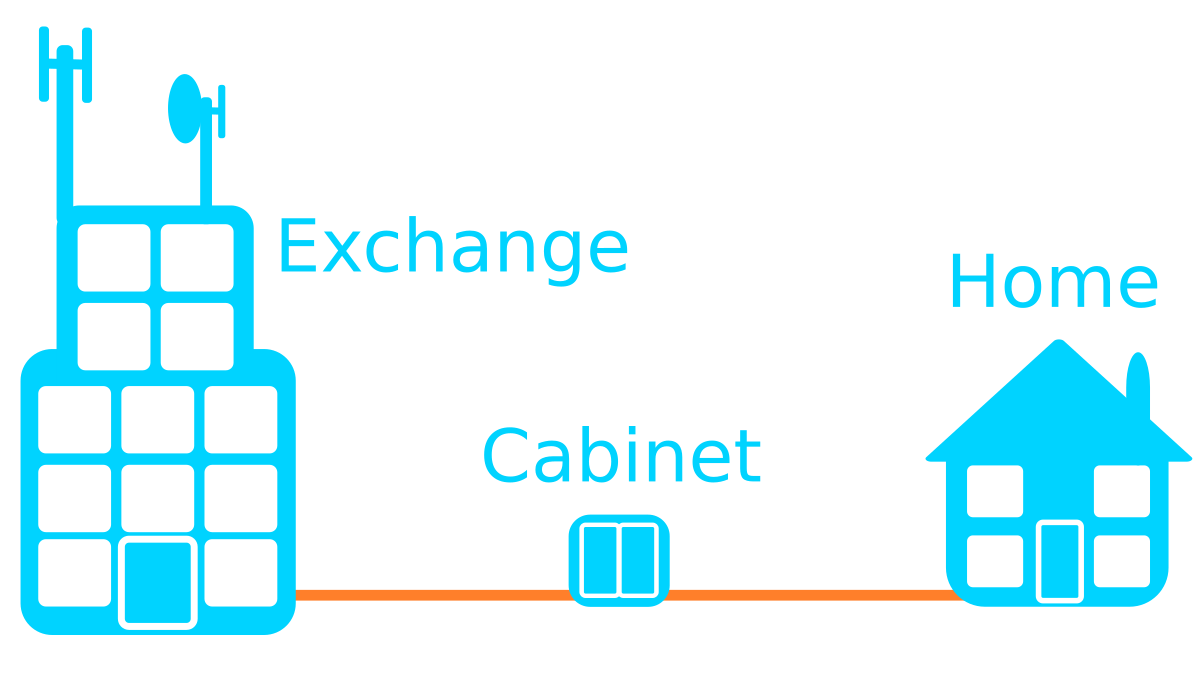
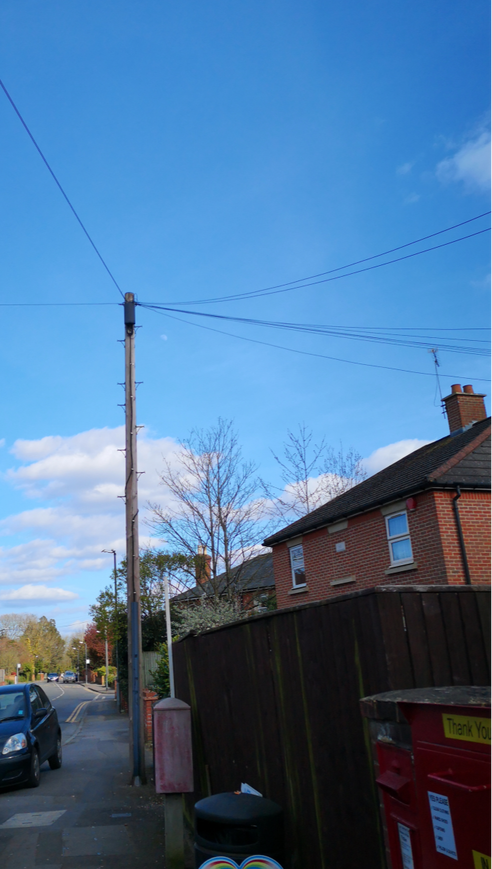
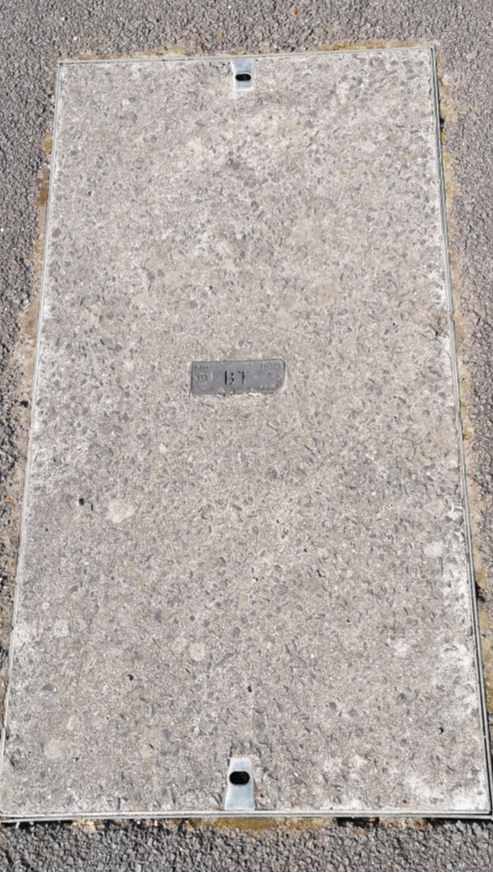
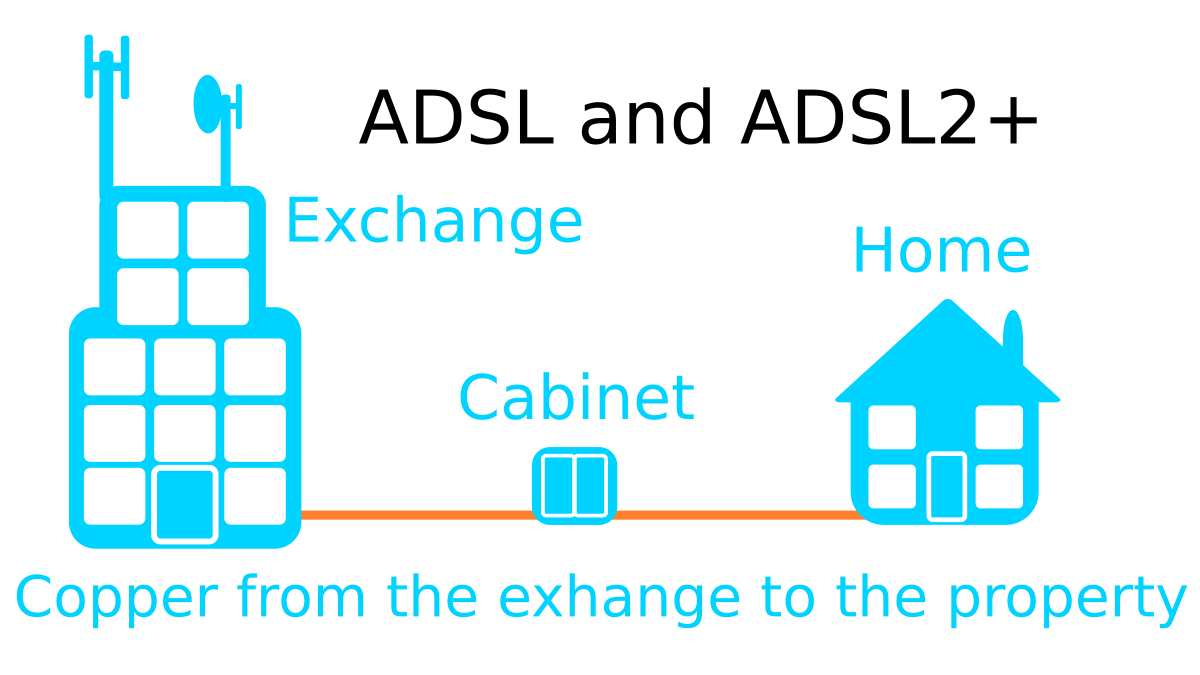
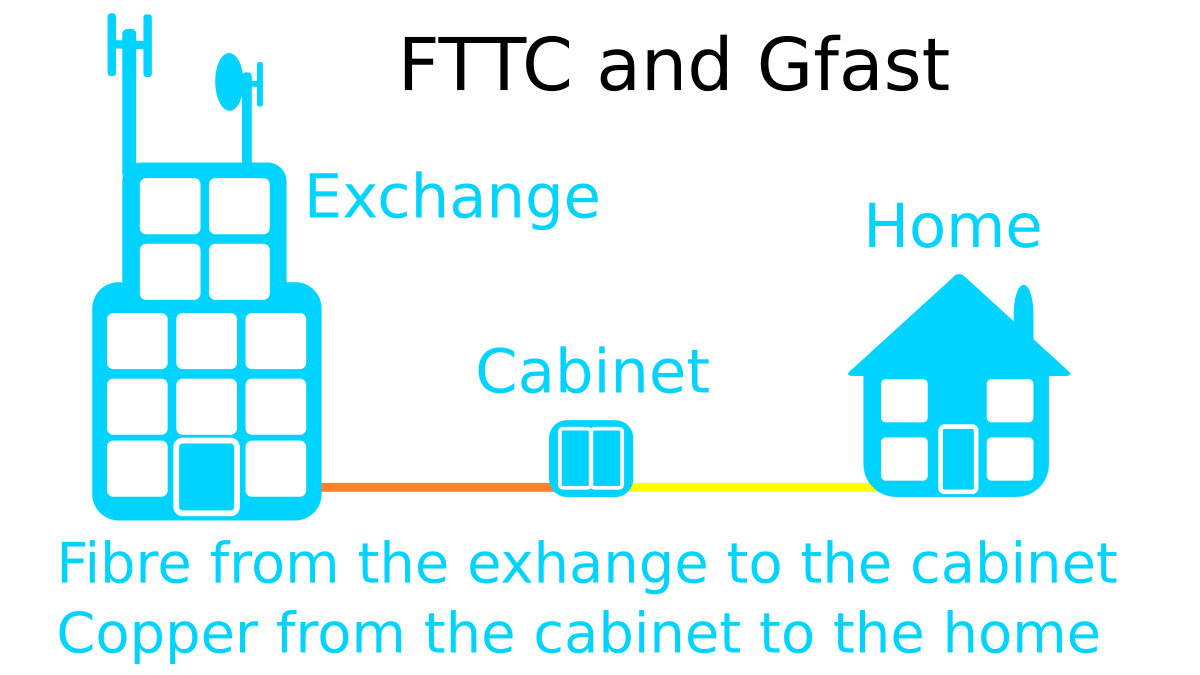
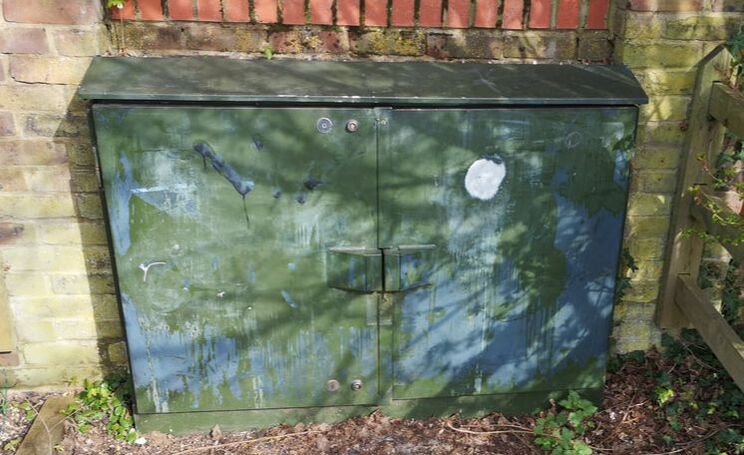
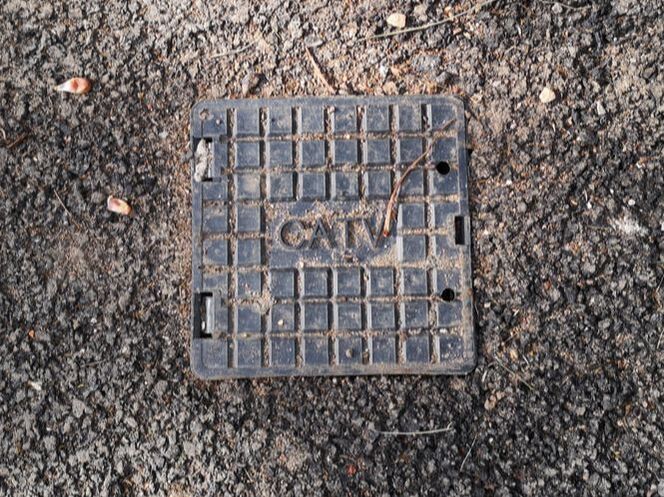
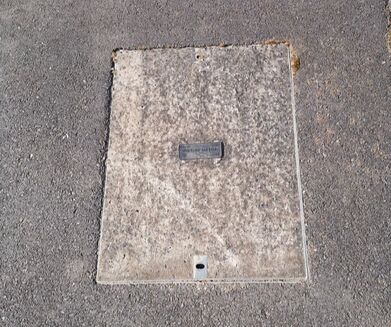
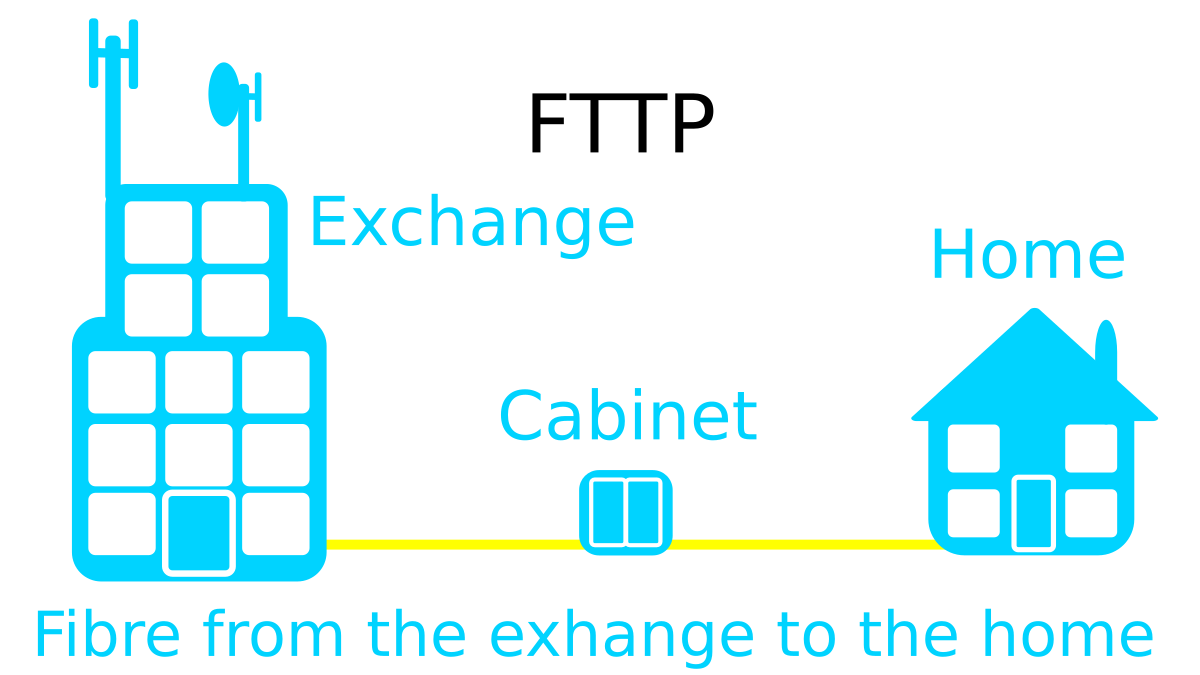
 RSS Feed
RSS Feed
